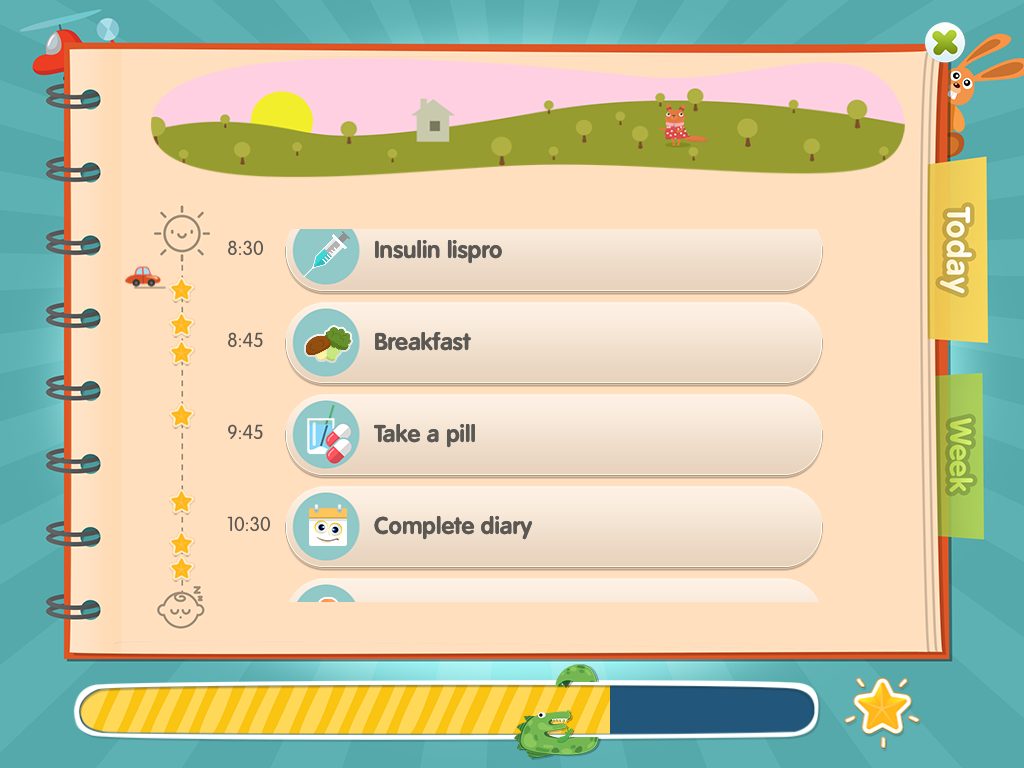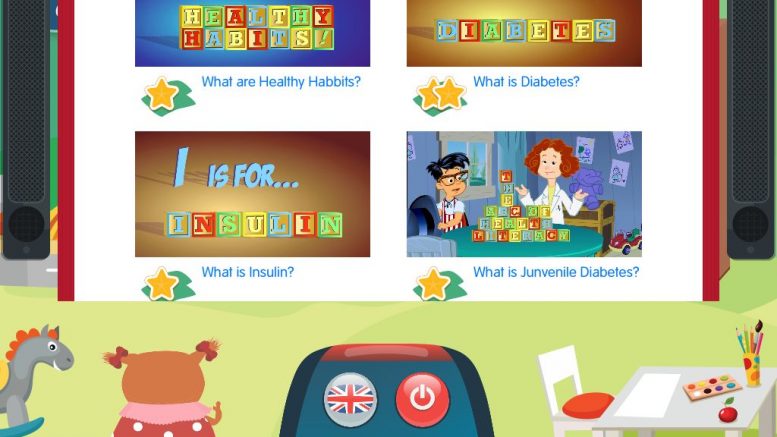Anyone who has worked on human clinical trials understands how difficult it is to obtain regulatory approval. In Michael Hay’s article “Clinical Development Success Rates for Investigational drugs,” the authors observed that only about 10% of clinical trials make it past Phase III and into the regulatory market. A more recent MIT study stated that the number of approval rates varies depending on the type of clinical trial, and the total number of successful clinical trials entering the market is around 14%. 10%-14% is an unacceptably low success rate given that there are over 290,000 registered clinical trials occurring all over the world.
When analyzing the success to failure rate of clinical trials, there are a number of factors to take into consideration. The majority of clinical trials face a variety of obstacles including low enrollment rates, patient retention issues, lack of patient engagement, high costs and more. Addressing these issues is most certainly not an easy task. However, one way to tackle many of the issues experienced in clinical trials is to have pharmaceutical companies and Clinical Research Organizations (CROs) join forces with software development companies. Technology companies can provide innovative solutions to lower the costs of clinical trials through expanded use of telehealth solutions that can monitor patients from a distance and reduce the costs of reimbursing or housing patients during the trial.
The BIG Three
While the cost of clinical trials remains a major challenge, the bigger issues that need to be dealt with are patient retention, engagement and adherence to the trial requirements. Companies like CRF have built an Electronic Clinical Outcome Assessment (eCOA) that “employs technology such as smartphones, tablets, and personal computers to allow patients, clinicians, and their caregivers to directly report outcomes.” Parexel has developed an Electronic Patient Reported Outcomes (ePRO) system that resembles an electronic patient diary system and can track various reports generated by the patient.
These applications are great at reporting and analyzing data and reminding patients to take their medications, but they still do not completely solve the problem of patient retention and engagement. When looking at applications like Facebook, Instagram, Snapchat and games like Angry Birds, Candy Crush, along with other popular gaming and social media applications, the level of user engagement is vastly greater than that for applications used in clinical trials. However, it is very possible to get a similar level of engagement for these types of applications if pharmaceutical companies and CROs begin to incorporate gamification into the applications used in clinical trials.
Gamification has already been implemented to remedy patient retention and engagement which begs asking the question, what’s already out there?
Pain Squad
The mobile application known as Pain Squad helps children with cancer report their pain patterns throughout the day. The Pain Squad app reported unprecedented results, with a recently documented 81% compliance rate vs. 11% compliance for paper-based pain journals.
Healthprize Technologies
Emily Wasserman’s article reported on an application developed by Healthprize Technologies that can be customized to fit a variety of clinical trials – everything from studying cancer to determining medication adherence. Healthprize Technologies saw that clinical trial participants spent an average of 38 minutes using the gamified applications, and there was a 52% increase in patients refilling prescriptions.
KidPRO
DataArt’s KidPro app, an ePRO prototype that engages young patients in a playful way, alerting them to take their medication on time and as directed. The application not only reminds children to take their medications, but also collects data on the child’s physical well-being by using an animated squirrel companion to guide the child throughout their daily tasks. Another game changing aspect of this application is that children can use this application without the assistance of an adult, which is not typical in traditional ePRO applications. This application also allows adults to monitor the child’s daily progress as they receive status updates on all completed (or uncompleted) tasks.

ReMission
A company called Hopelab developed a video game, which allows children to learn about the drugs that are used to fight cancer known as ReMission. ReMission and the newly updated ReMission2 have shown very promising results in terms of patient engagement, retention and adherence to cancer treatment. Hopelab has shown that over 135,000 users across the world downloaded and played ReMission. Results from the second iteration are still being analyzed. “The video-game intervention significantly improved treatment adherence and indicators of cancer-related self-efficacy and knowledge in adolescents and young adults who were undergoing cancer therapy. The findings support current efforts to develop effective video-game interventions for education and training in health care.” This application is proof of how successful a video game can be at engaging and retaining children and adolescents in cancer care and could be eventually be applied to clinical trials.
These real-world examples of gamified applications are perfect illustrations of what is presently being done to help solve the problems of patient retention and engagement in clinical trials. Moreover, the use of gamification in clinical trial applications is still in its infancy, but the applications show great promise. There are other areas where software companies should try to explore in order to tackle the issue of retention and engagement.
The application of gamification theory
In order to get patients to use these clinical trial applications as they would use Facebook or Candy Crush, a new approach is necessary. Software companies should focus on creating gamified applications that are centered on the user experience and include an internal stimulus that draws patients back to the application. The UX/UI design should be visually stimulating and easy to use; this applies to all age groups. Creating customizable avatars that could be “ranked” as patients’ progress through the clinical trials might be a simple, yet effective, stimulus for younger participants to actively participate in the trials at a higher rate.
An interesting concept would be to create a level system that allows users to go through various virtual stages as they complete different parts of the clinical trial. Having virtual “stages” or “levels” make the user feel as though they are progressing through the story in an actual video game – keeping the user motivated and engaged.
Although customizable avatars and progressing through different levels are fun and engaging for younger trial participants, this may not work for adults. For older patients in clinical trials, creating a competition that would allow them to view how others are doing in the trial is an interesting concept to consider. Many clinical trials do not allow participants to physically or verbally engage with one another in order to maintain the integrity of trial results, however, creating a virtual race in which participants could see how others are progressing without actually engaging with each other is a stimulus worth testing. This simple gaming mechanic gives patients a sense of purpose and achievement through competition with others.
With gamification in clinical trials still in its infancy, it is the responsibility of pharmaceutical companies, CROs, and software service providers to continue searching for innovative solutions to address many of the issues found in clinical trials. Gamification needs to be thoroughly studied and applied in clinical trials as a means to increase patient engagement and retention. With only 10%-14% of clinical trials entering the marketplace, there is no downside to exploring how the use of gamification could be a method to improve clinical trial retention and engagement, and potentially even save lives.
By Peter Rakowsky, Specialist, Healthcare and Life Sciences Practice, DataArt





